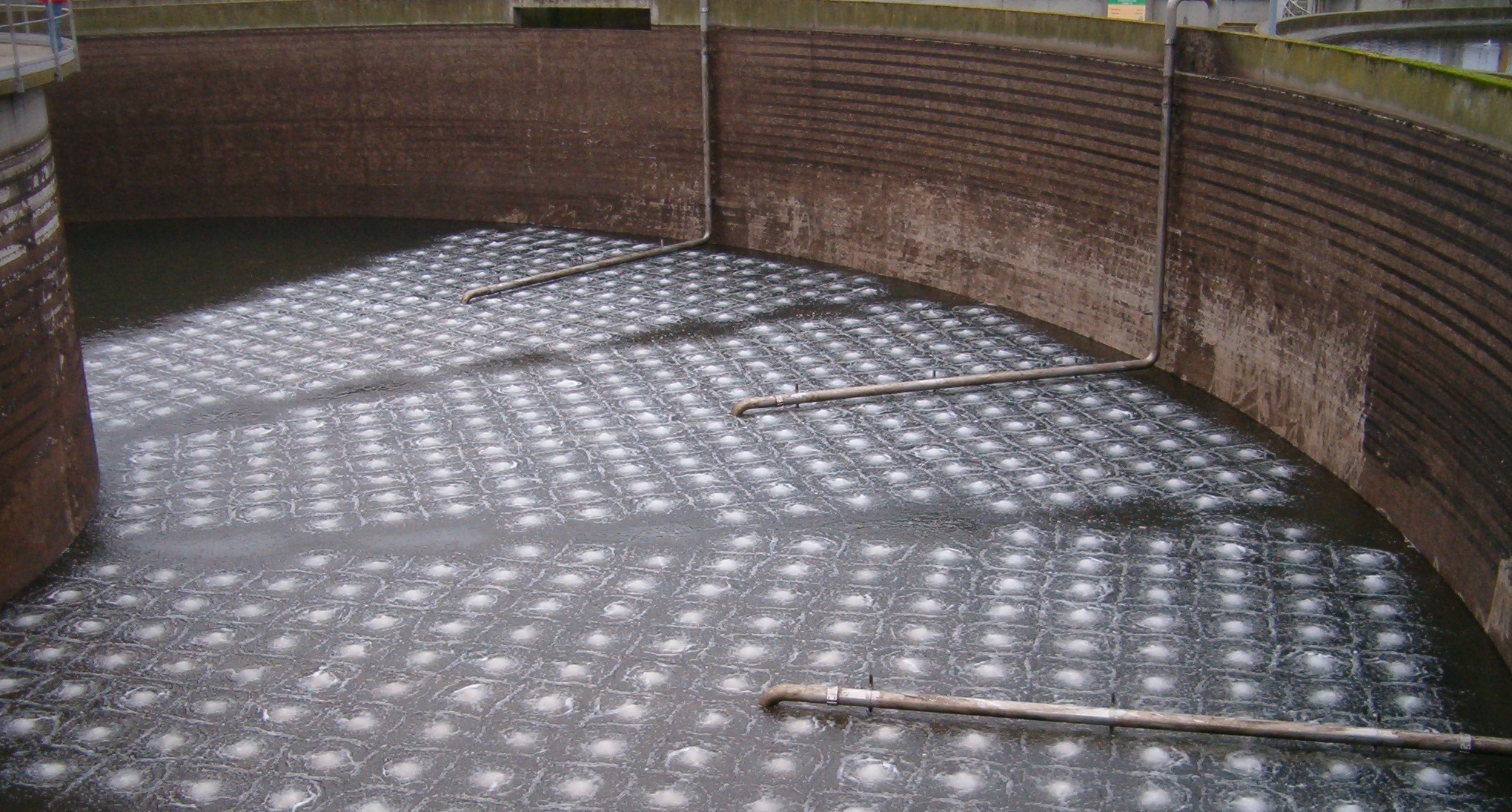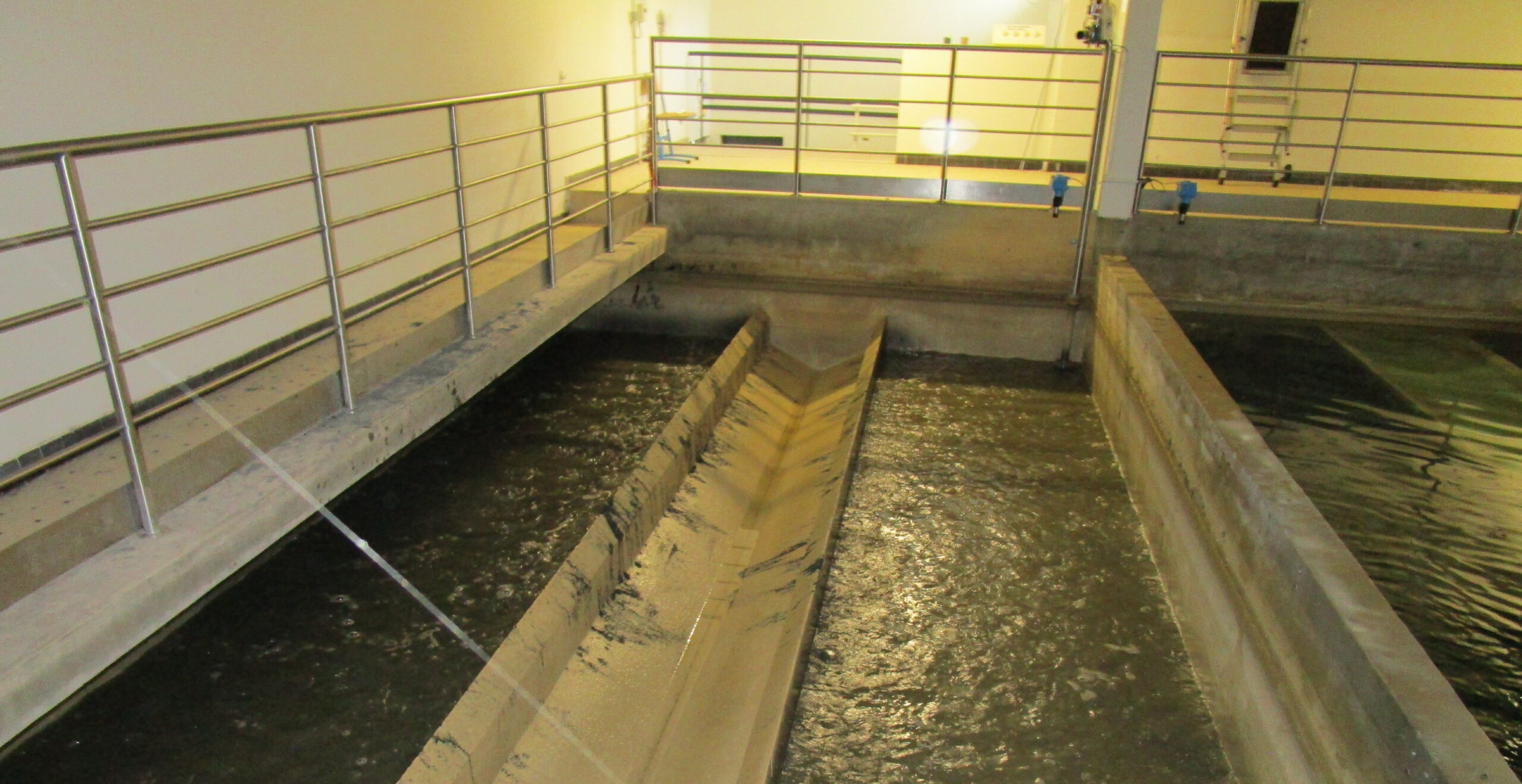Energy is at the heart of our society. Whether that may be electrical or carbon-based, its absence could lead to numerous problems.
What’s more, considering recent geopolitical upheavals, escalating energy prices and additional costs, now seems to be the perfect timing to look into energy saving.

The water sector is no exception: energy, particularly electrical energy, is essential at every stage of water management. It is used for extracting underground water resources, operating water and wastewater treatment facilities, and transporting water through the different networks.
Energy optimisation refers to the process of using energy more efficiently, while maintaining the best performance or production.
#1 What does energy optimisation consist of?
Energy optimisation involves a series of different steps. The first step consists of carrying out energy audits to assess the current consumption of the various facilities, whether that may be treatment plants or pumping stations.
These audits are based on energy performance indicators that enable each facility to be compared with a series of other equivalent facilities.
The next step involves choosing the site where energy optimisation will be carried out. Once this has been done, the focus then turns to the most energy consuming equipment found onsite.
#2 In the water sector, what consumes the most energy?

Activated Sludge System
In water management, the main consumer of energy is the water pumps. Certain water treatment processes also consume a lot of energy. One example is aeration which is one of the most energy consuming processes in the activated sludge systems of wastewater treatment.

Sand filters
In the context of drinking water treatment, it is worth emphasizing the considerable energy consumption associated with the operation of sand filters.
Once the most energy consuming equipment has been identified, a range of different measures and adjustments are implemented to improve overall energy performance.
You can find out more information in our online training course: Energy Optimisation for Treatment Plants.
#3 Are there any other ways of saving energy?
Making savings on a larger scale is entirely possible thanks to technical innovations such as real-time measurements, advanced regulations and modelling tools.
You can find out more about these solutions and an overview of the ISO 50 000 standard in the Energy Optimisation: Standards, Structures and Technological Advance online training course.
By Thomas Gelez




